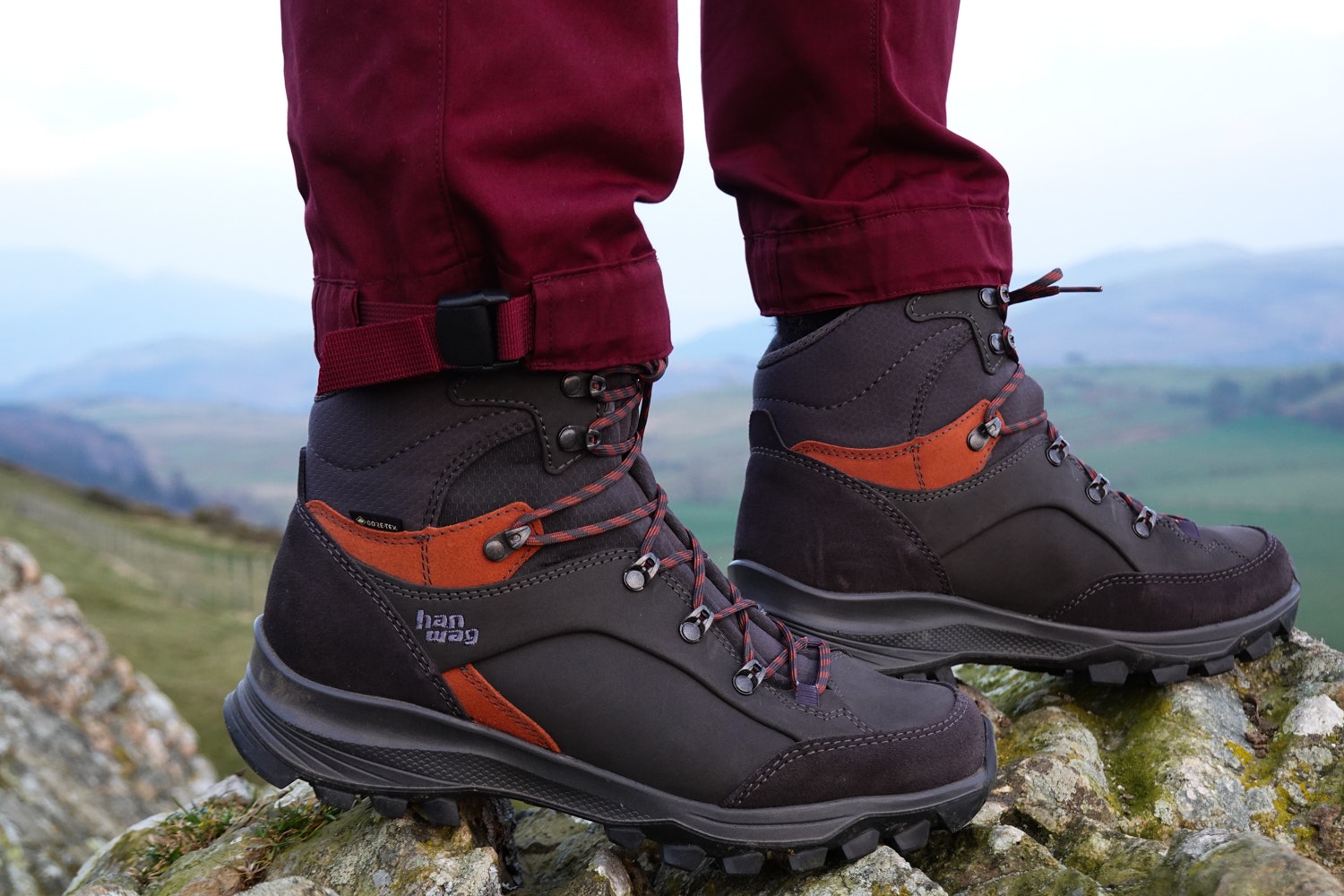Which Hiking Boots Are Ideal For Gorilla Trekking
After booking a gorilla trekking safari, one of the crucial things that travelers wonder about is what kind of hiking boot is ideal for a smooth, successful, and unforgettable experience. Remember that having well-fitting and comfortable footwear is fundamental to achieving a memorable gorilla trekking experience.
What then is an ideal pair of hiking boots for gorilla trekking? First, make sure that it is waterproof to keep your feet dry (even when it rains) and steadily walk through the muddy trails, which is able to provide traction and support. No pair of hiking boots is favorable and good enough if it is not waterproof, especially during the wet months (months of March, April, May, October, and November). If the boots aren’t waterproof, then they are bound to get wet and thus not comfortable during your long-awaited gorilla trekking adventure.
Also, make sure that it isn’t new but rather something you have worn before to avoid incidences of blisters and also, should be able to provide ankle support as well as protection from stinging nettles and biting ants.
Your Hiking boots will protect your feet while walking through the dense rainforest searching for the endangered mountain gorillas which occupy areas of high elevations, and sometimes rugged terrains.

Which Hiking Boots Are Ideal For Gorilla Trekking
Can tennis shoes or sneakers work during gorilla trekking adventures?
We understand you love your tennis shoes or sneakers but when it comes to gorilla trekking, it is advisable to leave them back home or in the Hotel room for other activities (like City Tours, experiencing nightlife, or even village walks). You can’t afford to spoil/dirty your favorite sneakers with mud or dust.
Having the wrong kind of footwear will make you uncomfortable and sometimes even ruin your overall gorilla trekking experience. Remember you will cross streams, go through rugged terrains, dense vegetation, steep slopes, and other unpleasant experiences in trying to have up close and personal encounters with the Giant Apes, which are considered our close relatives sharing 98.2% of DNA with humans.
Are you able to hire hiking boots for my gorilla trekking adventure?
Yes, it is possible to hire rubber boots (locally referred to as gumboots) or the usual hiking boots at the Park Headquarters/gorilla briefing points at $10 to $20 per person, depending on the location. This option
is preferred by travelers who wouldn’t wish to carry heavy luggage (especially during domestic flights where there is luggage restriction).
Besides your hiking boots, other items that shouldn’t miss on your gorilla trekking packing list include a wide-brimmed safari hat for sun protection, Gaiters (to protect your ankles and legs below the knee), a warm sweater, a rain jacket for protection against the rain, sunglasses, comfortable long-sleeved shirt/s, breathable safari pants of neutral color, beige or dark colors, gardening gloves, insect repellant, a good camera for taking photos of your memorable gorilla trekking experience, energy-giving snacks, a reusable water bottle, a waterproof and spacious backpack, a pair of binoculars, toiletries (like lotion, hair comb/brush, deodorant, toothpaste, and toothbrush), a first aid kit, to mention but a few.
When to go for your gorilla trekking adventure?
You can go at any time of the year for your gorilla trekking adventure because the activity is conducted throughout the year. However, be prepared for a shorter but more challenging experience when you visit in the wet months of March, April, May, October, and November because heavy downpours bring about the growth of vegetation thus more food for the mountain gorillas, but with muddy and slippery trails.
It is for this reason that travelers always prefer the dry months of June, July, August, September, and December when hiking trails are drier and less slippery, but expect longer trails because the reduction of rains means reduced vegetation/food hence mountain gorillas move deeper into the forest to look for food.
